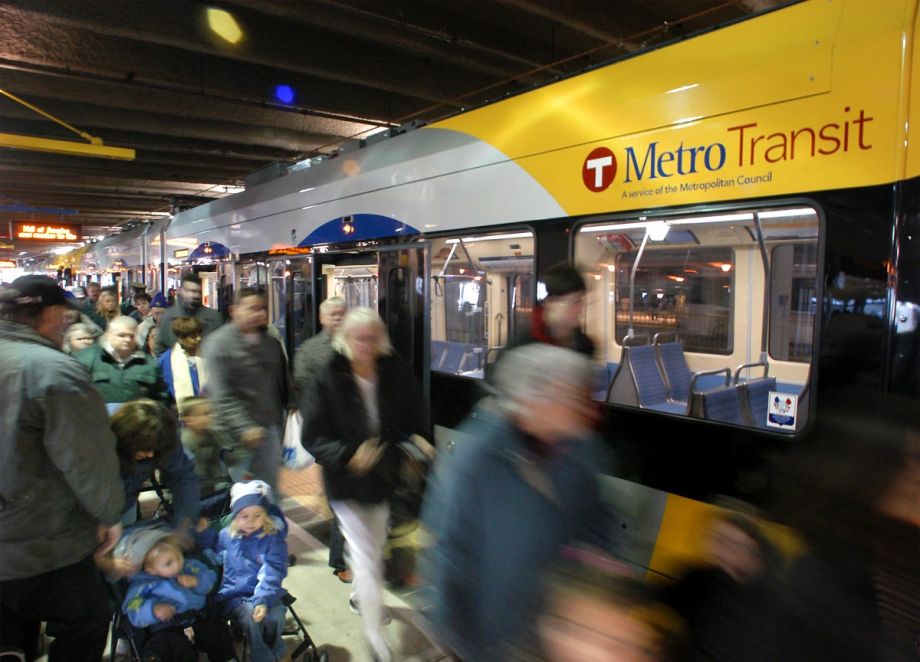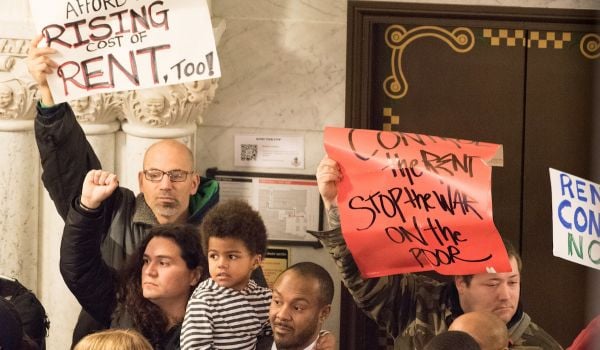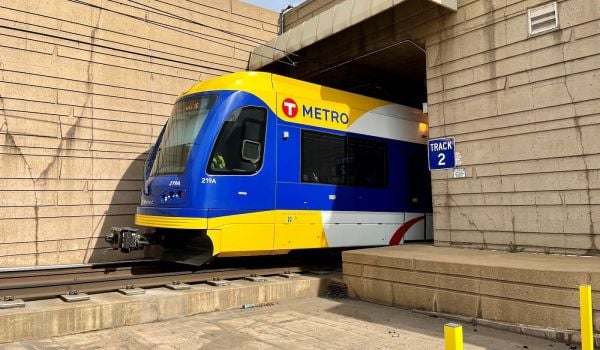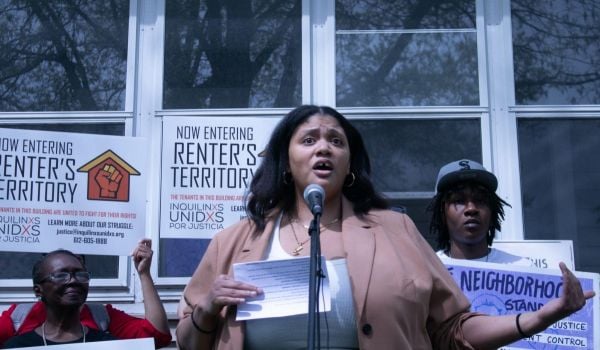Los Angeles and New York will be strained by population growth over the next 40 years, but the Twin Cities region has them both beat, and is expecting to gain roughly 800,000 new residents by 2040. What that means for the region’s transportation network — at least with current ownership rates — is a whopping 675,000 more personal vehicles on the road with all their associated CO2, congestion and social inequity.
With the help of the Shared-Use Mobility Center and the McKnight foundation, among others, regional officials have released a plan to get that vehicle number down. More specifically, they aim to remove 50,000 private cars from regional roads over the next 10 years.
From the document:
In recent years, the region has made notable improvements to its public transit system, including launching bus rapid transit service and building a new Green Line light rail route that helped to “re-twin” the Twin Cities. It was also an early pioneer in bike-sharing, car-sharing and other forms of shared mobility. However, it has lost some ground lately, while peer cities such as Seattle and Denver have been scaling shared mobility and transit on a remarkable level — and attracting millennials who are less interested in owning cars than previous generations and more inclined to seek out walkable, amenity-rich urban environments.
In the short-term, the plan aims to take 20,000 cars off the roads over the next five years with a combination of strategies — by attracting 30,000 new daily transit riders (through new rail capital projects and improvements to BRT and rapid bus lines), sustaining 600 vehicles in car-sharing programs, adding 800 bike-share bikes to the current Nice Ride MN network (for 2,500 bikes total) and adding 1,000 daily vanpool users, among other efforts.
More broadly, it tasks officials with growing shared mobility options to complement the fixed transit network, among other strategies — and engage in a whole lot of first/last mile planning. That could include investing in infrastructure that supports those shared options, like turning transit stations into mobility hubs or reserving space for shared services in light rail and bus stations, as well as spending significant staff time and money on exploring public-private partnerships with shared-use providers. Such partnerships are increasingly sought after (and shied away from) by city governments in the U.S.
As Next City has covered, the Twin Cities region has a record of innovation transportation strategies, from podcasts to high-tech street repairs. But the plan, of course, is just that: a plan. And curbing car ownership — especially with only incentives and infrastructure, rather than prohibitive options — is no easy task. The plan does lay out potential funding sources, which could be key in implementing the policies it outlines, including parking revenue, Congestion Mitigation and Air Quality (CMAQ) funds, motor vehicle fees and other taxes, and, interestingly, money from Volkswagen’s EV Investment fund mandated by the company’s recent legal settlement. Oregon and Washington officials have encouraged the company to spend its funds on zero-emission ride-sharing and ride-hailing programs within their state borders, and because Minnesota is eligible for roughly $43.6 million, it could follow suit.

Rachel Dovey is an award-winning freelance writer and former USC Annenberg fellow living at the northern tip of California’s Bay Area. She writes about infrastructure, water and climate change and has been published by Bust, Wired, Paste, SF Weekly, the East Bay Express and the North Bay Bohemian
Follow Rachel .(JavaScript must be enabled to view this email address)
















